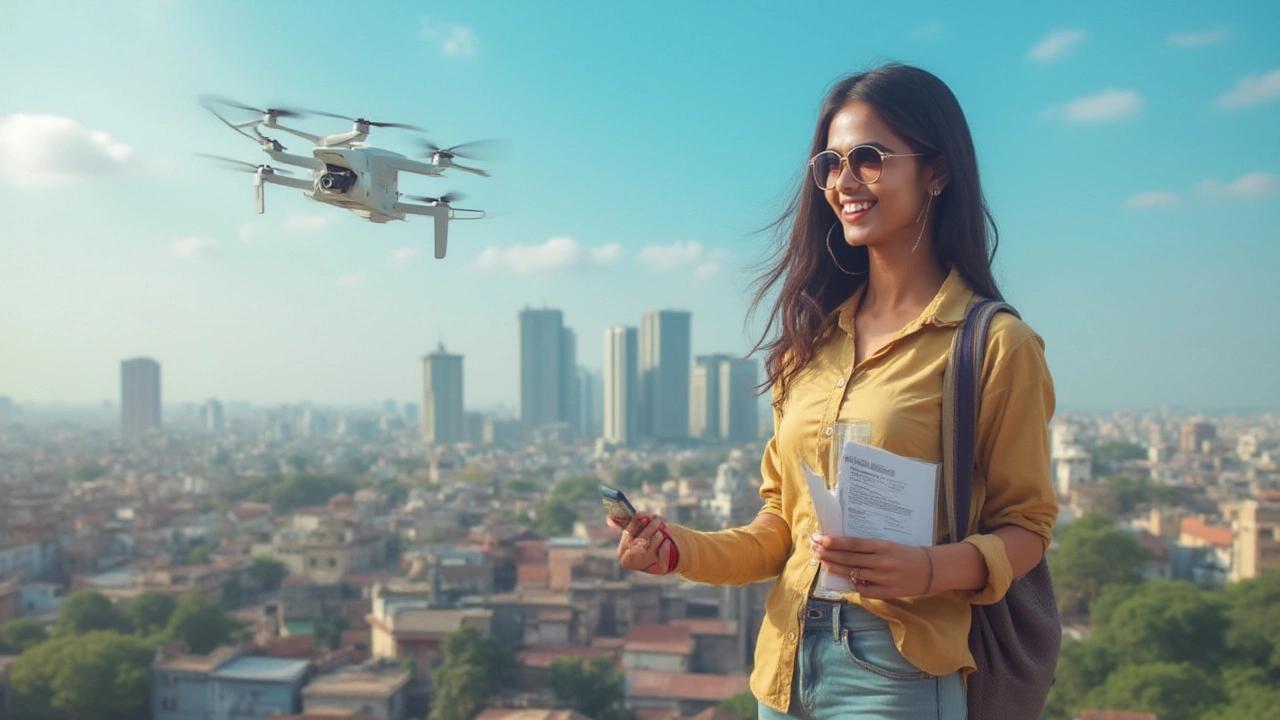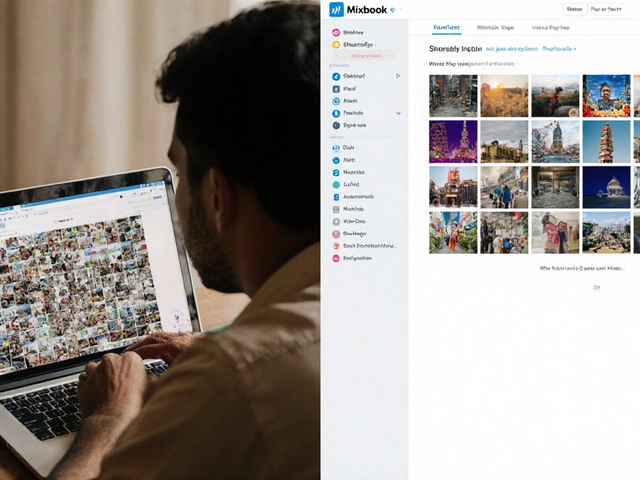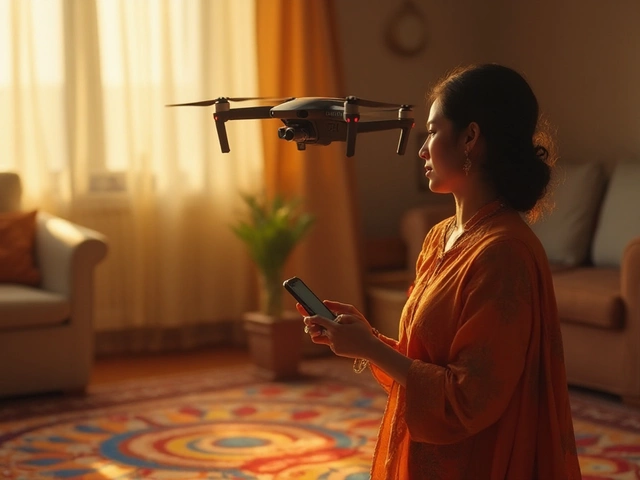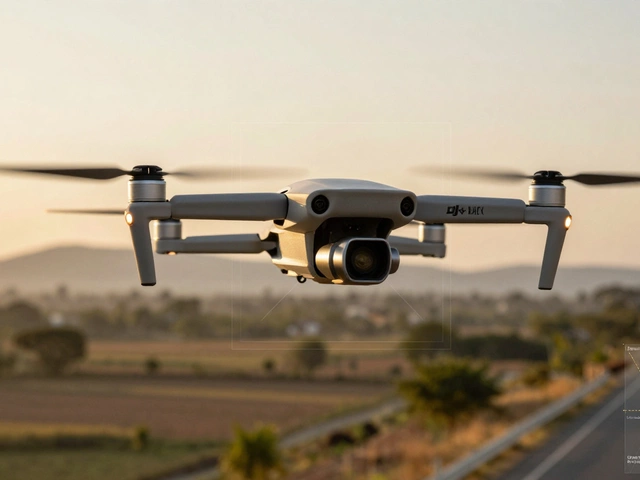Picture this: A bright morning, your drone ready to soar above rooftops and fields, capturing epic shots only birds get to see. You unlock the app, grip the remote… but wait. Does launching that flying machine land you in the middle of a legal minefield? Drones in India are everywhere—filmmaking, weddings, crop monitoring, even food delivery trials. With this new sky-high fun, questions about rules soar too. Do you need a drone licence in India, or is it a free-for-all? In 2025, the answer is clear—but never simple. Authorities are watching the skies, and few mishaps have already made headlines. Playing by the rules isn’t just smart; it could save you some serious trouble.
Who Needs a Drone Licence in India?
Forget rumors: in India, whether you need a drone licence depends on the kind of drone and what you're doing with it. The Directorate General of Civil Aviation (DGCA) draws solid lines. Back in 2021, India launched its DigitalSky portal and a new drone policy—drone rules got a complete makeover, and that has only tightened since then. As of July 2025, here's how it breaks down:
- Toy Drones (weighing less than 250 grams): These tiny guys are usually exempt from registration and pilot licences. Fly them below 50 feet, indoors, or on private land, and you’re good. If you’re putting a camera or flying over neighbors, still check local privacy laws.
- Micro Drones (250g–2kg): Taking wedding pictures or real estate snaps? Most consumer camera drones (DJI Mini 3, etc.) fall here. You don't need a pilot’s licence if it’s for “non-commercial” use, but registration with the DigitalSky portal isn’t optional. For paid gigs, registration is a must, and crews often require Remote Pilot Certificates (RPC), which act as your licence.
- Small Drones (2kg–25kg) and above: Here, the rules turn strict. Any flying, commercial or not, means registration, Remote Pilot Certificate (read: licence), and some airspace paperwork. Aerial surveyors or delivery tests? Your operator must be trained by DGCA-approved organizations. The RPC is valid for 10 years, provided you pass age (above 18), education (10th pass minimum), and medical fitness checks.
So, the old “just buy and fly” idea is gone for drones above 250g. Your drone itself needs a Unique Identification Number (UIN)—think of it as a drone’s Aadhaar card. Drones under 250g get leeway, but once you stick on a big battery or camera, you could cross the line. Don’t risk it; weight and uses matter. That’s also why police sometimes show up at wedding shoots—the law expects you to play safe, especially in urban areas. Breaking these rules? Fines range from Rs 10,000 to Rs 1 lakh, and gear can be seized.
What about foreigners? You’re not allowed to fly drones in India, period, unless you lease from an Indian entity. Locals—whether you’re a hobbyist, YouTuber, or farmer—should stick with Indian-registered drones and platforms. If you start a business—say, event photography—get your paperwork tight. Even for fun, get drones marked on DigitalSky in case there’s an incident.
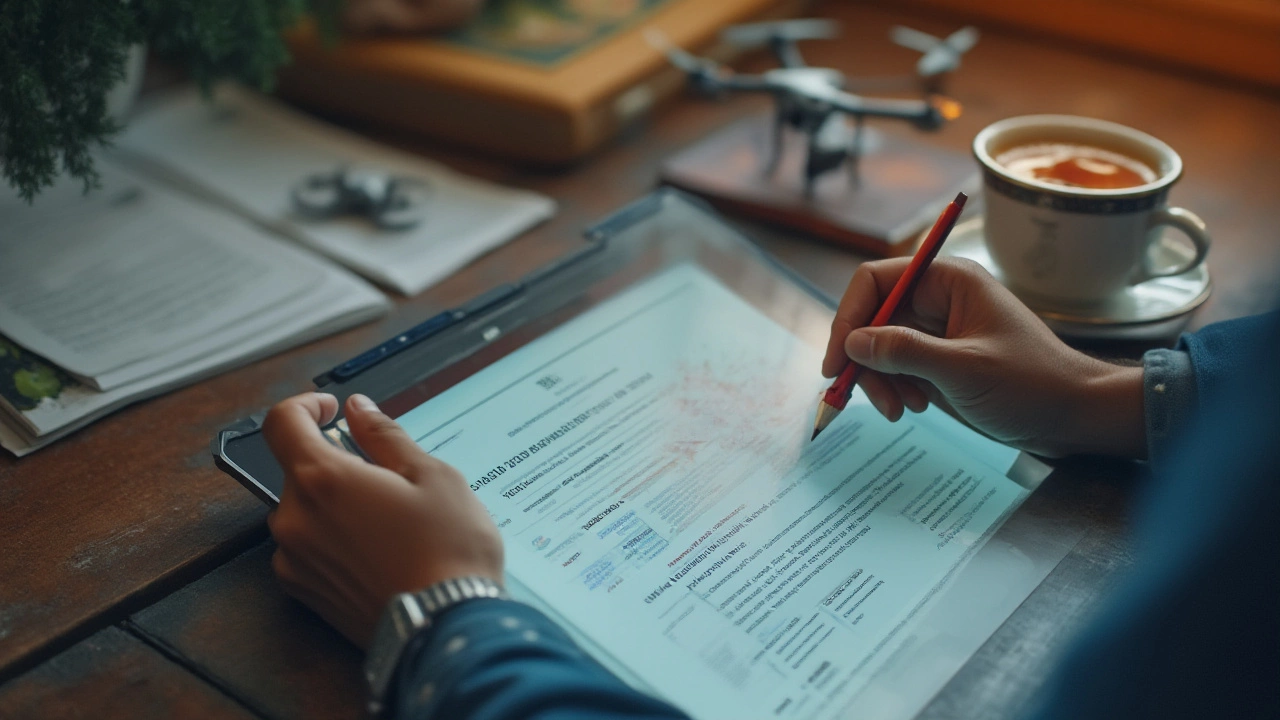
How to Register and Get a Drone Licence (RPC) in 2025
Let’s say you’ve got the right drone, but now you need to fly without sleepless nights. The registration and drone Remote Pilot Certificate (RPC) path is actually smoother than it seems, as long as you play by the book. Here’s how it works in 2025:
- Register Your Drone: Head to DigitalSky Portal. You’ll need Aadhaar, drone purchase invoice, and drone serial number handy. Upload these, pay a fee (between Rs 100–1,000), and wait for your UIN (Unique Identification Number). Stick that number as a visible label on your drone.
- Apply for Remote Pilot Certificate (RPC): For anything commercial, or for drones above 2kg, search the DGCA site for authorized Training Organizations. These are spread across big cities—Bangalore, Mumbai, Delhi have the techiest spots. The course is a few days: theory (rules, emergencies), simulator flights, and practical assessment.
- Medical and Age Checks: Carry your medical clearance (simple fit certificate), educational proof (10th pass), and Aadhaar. No caste or income background required—just Indian citizenship and age 18+.
- Pass and Get Licenced: After training, you’ll get a Remote Pilot Certificate uploaded to your DigitalSky dashboard. This digital document is your key—show it during police inspections or airport security if you’re filming near restricted zones.
Quick tip: The DigitalSky portal can crash or lag—avoid Mondays and mornings for faster approvals. If you’re using imported drones, make sure they’re cleared through Customs with Wireless Planning and Coordination (WPC) certifications; radio frequencies matter a lot in India.
Here’s a summary table that clears up who needs what:
| Drone Weight | Licence Needed? | UIN (Registration) | Commercial Allowed? |
|---|---|---|---|
| Under 250g | No | No (unless payload attached) | Restricted |
| 250g–2kg | Only for commercial | Yes | Yes (with RPC) |
| 2kg–25kg | Yes | Yes | Yes |
| Above 25kg | Yes, plus special permits | Yes | Only with DGCA approval |
Also, don’t get caught in “grey zone” flights. For instance, suppose you shoot a YouTube travel vlog with a micro drone over a tourist fort in Rajasthan. The Archaeological Survey of India bans drones around protected monuments without prior written approval. Airports? No-fly zones extend for 5 km. Even high-security VIP zones (Delhi, government districts) are out-of-bounds. DigitalSky shows these on its map—use it. You sure don’t want security folks confusing your Mavic for a spy device.
Training is serious business, too. DGCA training cost can be Rs 15,000–50,000 depending on school and drone class. But for pros, it’s the cost of drama-free flying. Your RPC is valid for 10 years but must be renewed from time to time with fresh medical certificates. Keep everything scanned and backed up—DigitalSky sometimes asks for resubmission.
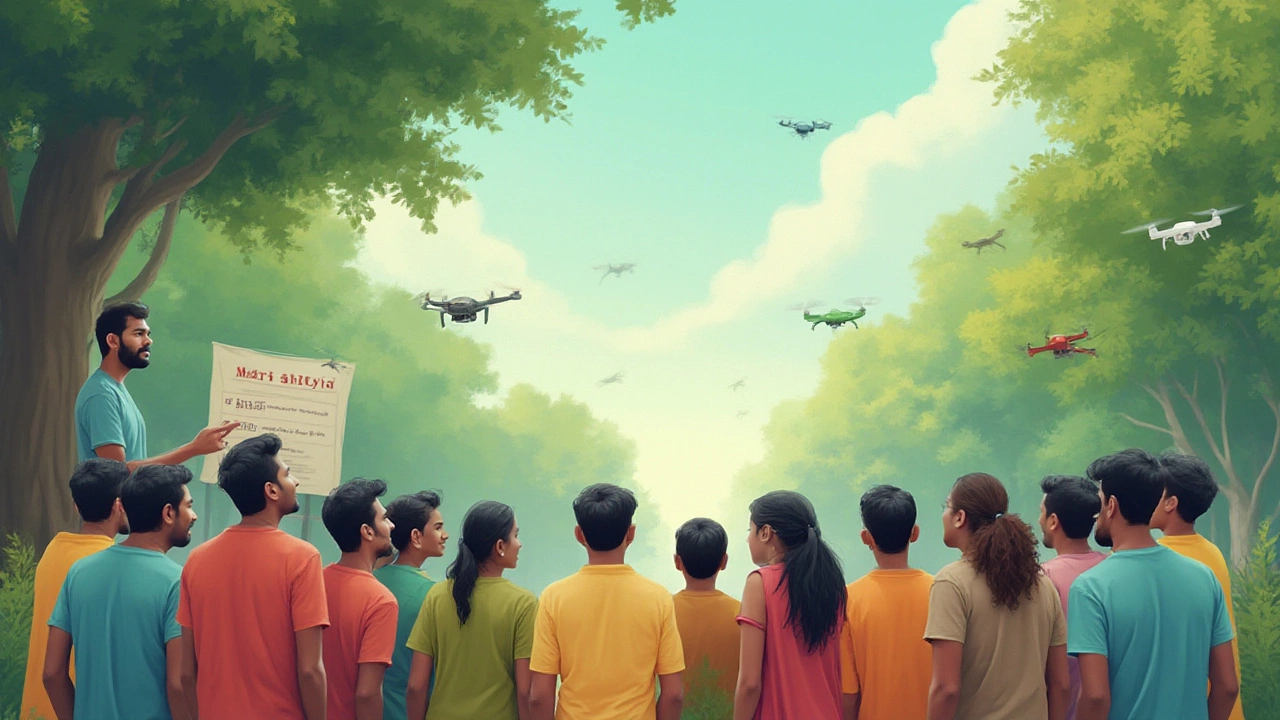
Tips, Myths, and What Happens If You Skip the Rules
Let’s bust some drone myths: you don’t need complicated government permissions every single time you fly, but if you’re making money or using a big drone, rule-breaking isn’t worth it. Don’t believe YouTube ‘hacks’ about fake UIN numbers or “just fly at night.” Police and security agencies use drone tracking gear—if you get caught, excuses won’t help. Just last February, a popular pre-wedding shoot in Goa got halted and gear was confiscated. Guards are savvy now.
Here are hacks from folks who fly often without headaches:
- Always file flight plans for commercial shoots: Use the DigitalSky green/amber/red airspace map. If in red zones (airports, military, embassies), rethink your location.
- Carry written consent in public places: Even with a licence, get venue or local authority approval if needed (public parks, stadiums, beaches).
- Flash your UIN and RPC when asked: Save it on your phone, laminated printouts work in rural spots where digital records can go unread.
If you’re a recreational flyer below 250g, fly below 60 meters (200 feet) and away from crowds. For serious shooters—drone mapping, events, news agencies—document every flight, including maintenance logs, in an Excel file. This keeps insurance records clean and is handy if anything goes wrong.
Another fun fact: the insurance market for drones is booming. Tata AIG and HDFC Ergo offer packages for theft, damage, and third-party claims. It’s not legally required yet, but if your drone hits power lines, you’re safer with it.
Curious about privacy? Indian laws are still catching up here. The IT Act and Penal Code kick in if you film someone without consent. Don’t be a creep—permission saves face (and money). Data protection laws are becoming stricter, so storing drone footage on overseas servers may create trouble for commercial users soon.
Drone penalties aren’t jokes. Fines start at Rs 10,000; in some cases, they have gone as high as Rs 3 lakh for repeat photographers ignoring no-fly rules. There have been a few cases—like a Pune-based vlogger fined for flying over a railway bridge—where drone gear gets seized and not returned till court cases are cleared.
Want that “best drone in India” badge? Get licenced, stay within rules, and join a local drone user group for updates. DGCA occasionally posts new notices—follow their Twitter or sign up for DigitalSky alerts. Most old Internet advice is now out-of-date—like using foreign apps to avoid digital tracking. India’s airspace grid is tightly monitored, and since the 2023 G20 summit clampdowns, drone violations moved from a slap on the wrist to real fines and police action.
In short: do you need a drone licence in India? For most hobby fliers with tiny drones under 250g, probably not. The minute you go bigger—especially for business—you’d better get licenced and register on DigitalSky. Play by the rules, and India’s air really is your limit.
